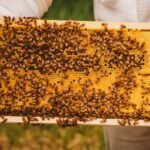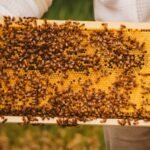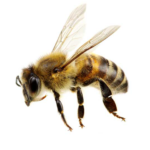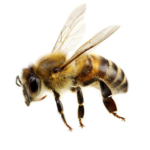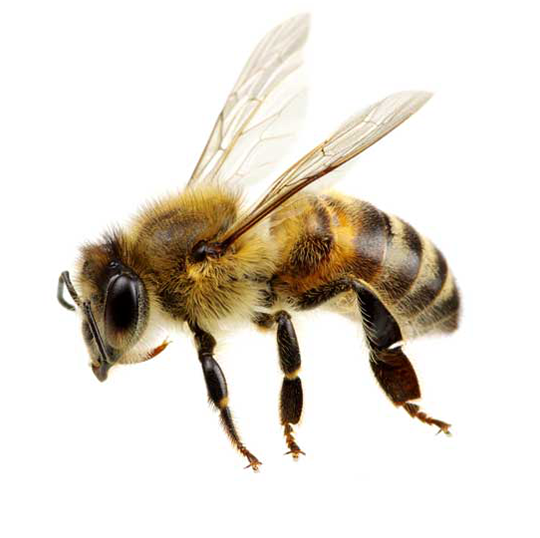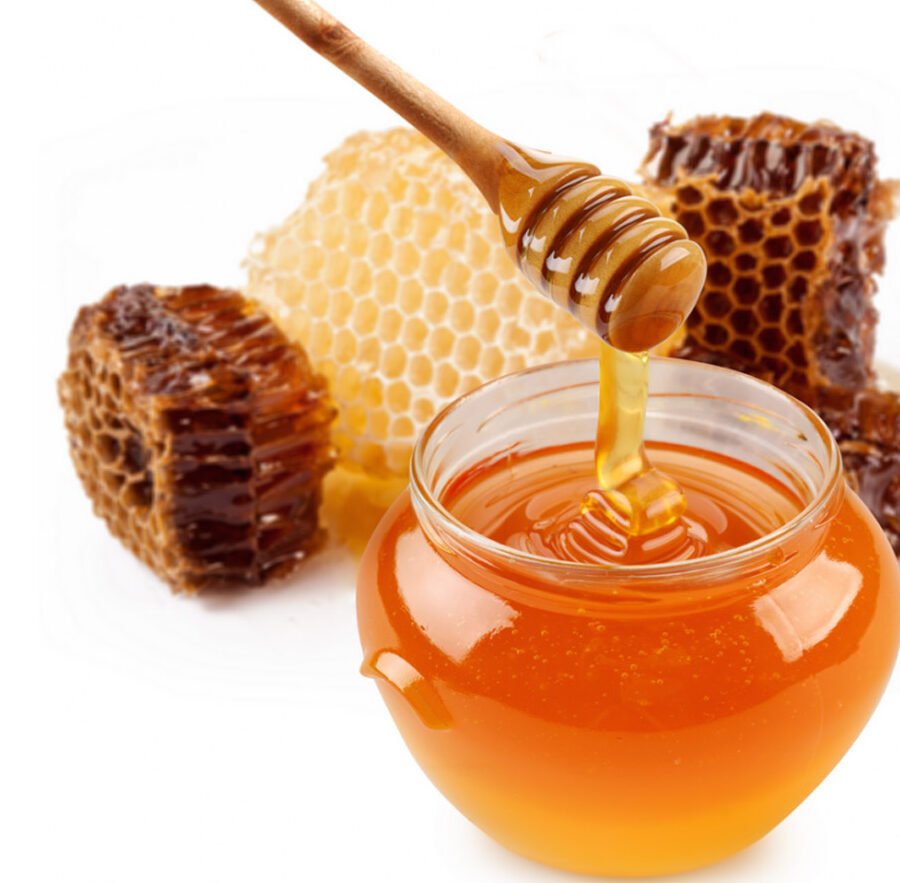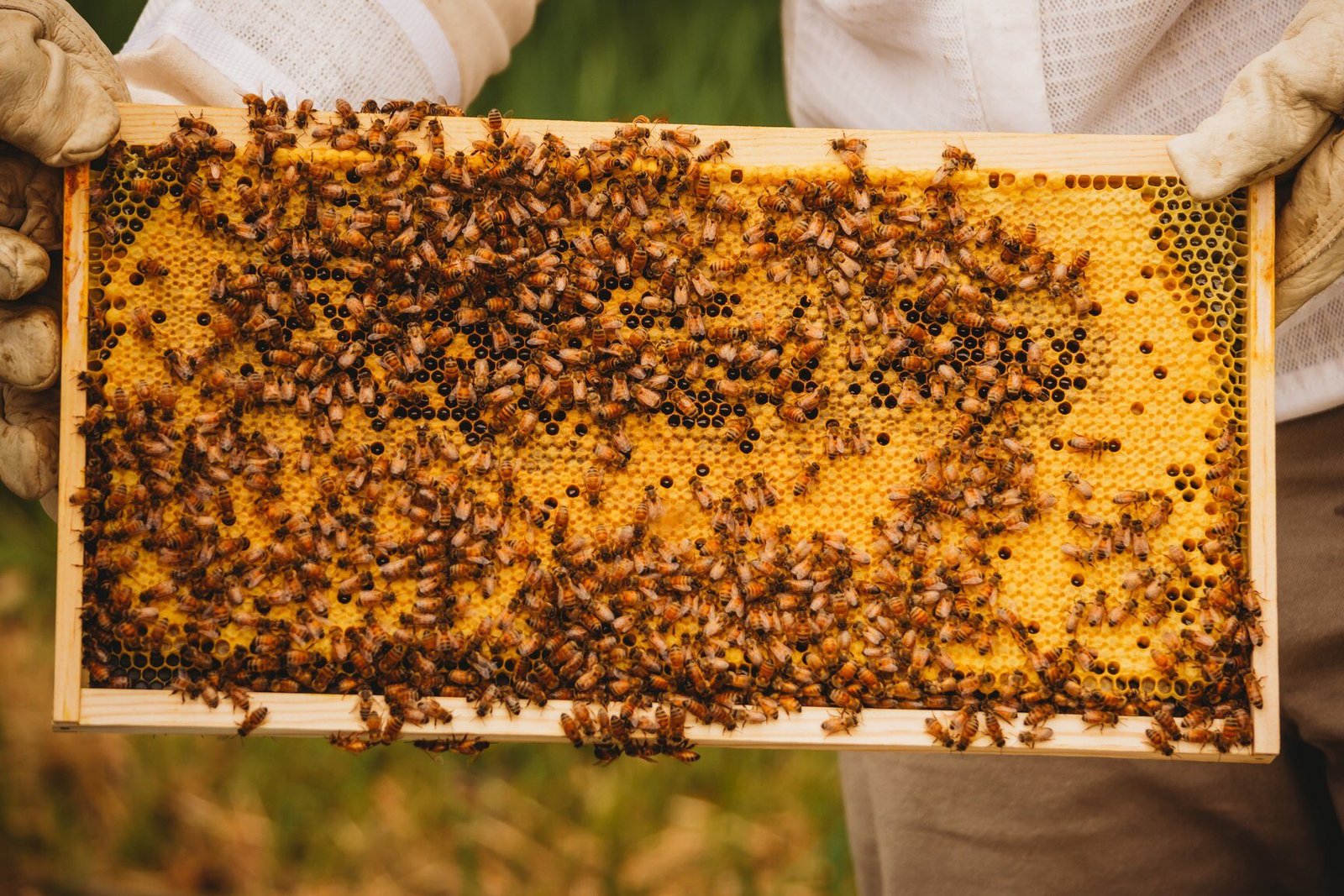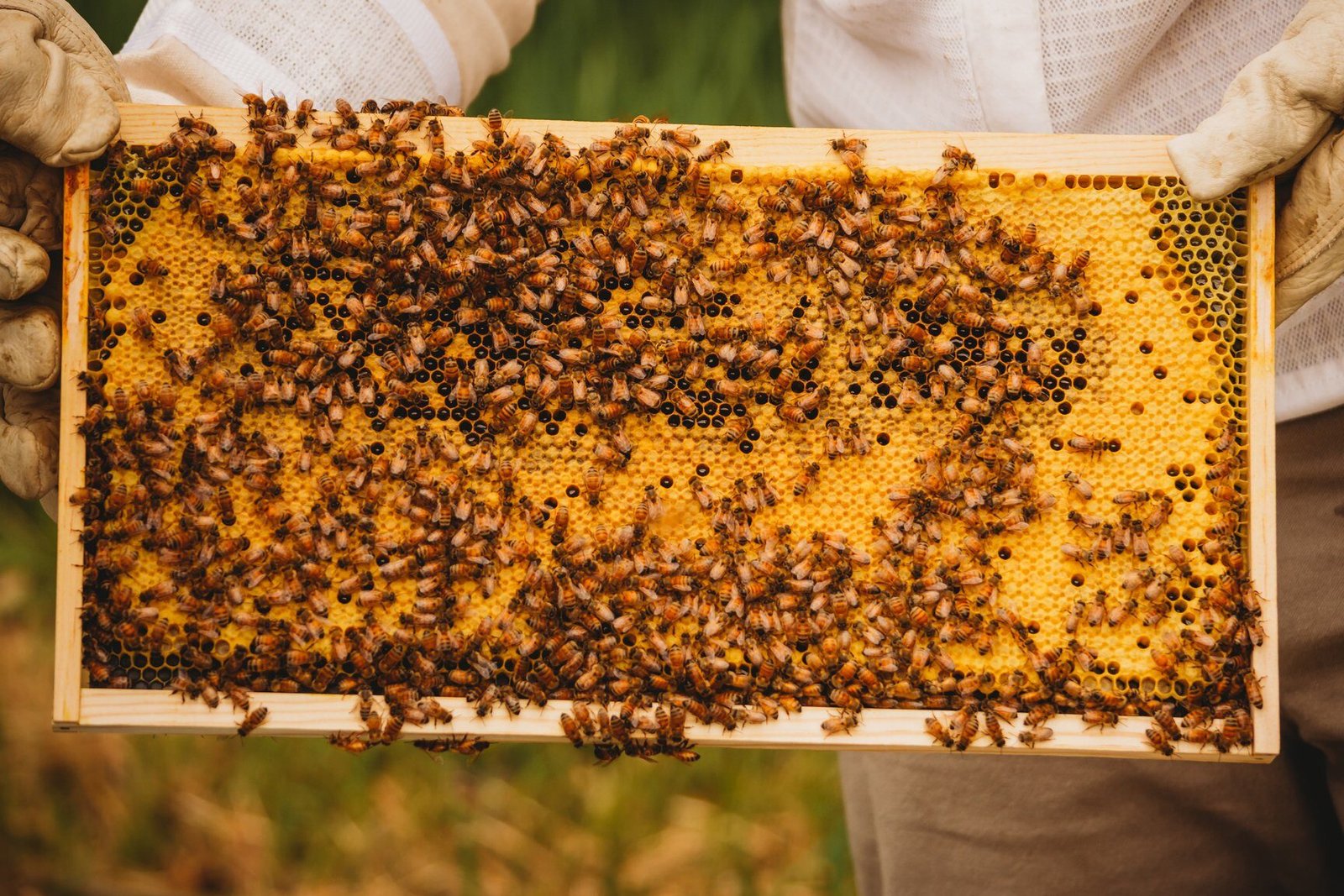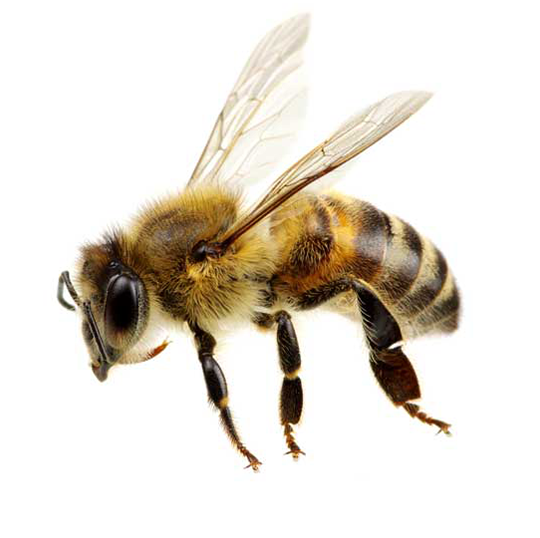[ad_1]
Beginner’s Guide: How to Start a Beehive for Honey Production
Are you interested in starting your own beehive for honey production? Beekeeping is a rewarding and fascinating hobby that not only provides you with delicious, natural honey but also contributes to the well-being of the environment. In this beginner’s guide, you will learn step by step how to start a beehive and become a successful beekeeper. Whether you have a small backyard or a larger piece of land, beekeeping can be easily accomplished with dedication and proper knowledge.
Benefits of Beekeeping
Beekeeping offers numerous benefits both for the individual and the environment:
- Production of delicious, all-natural honey
- Pollination of nearby plants, improving crop yield and quality
- Promotion of biodiversity by supporting the local bee population
- Relaxing and therapeutic activity
- Opportunity to learn about the complex world of bees
Choosing the Right Location and Equipment
Before starting your beehive, it is important to select an appropriate location. Consider the following factors:
- Availability of food sources: Bees need a diverse range of flowers nearby to ensure a balanced diet.
- Shelter: Place your beehive in a location protected from strong winds, rain, and direct sunlight.
- Accessibility: Position the hive in a spot that is easy for you to access and work with.
Once you have chosen a suitable location, gather all the necessary equipment:
- Beehive boxes
- Frames
- Smoker
- Beekeeping suit and gloves
- Beekeeping tools (hive tool, bee brush, etc.)
Acquiring Bees
Now that you have a location and basic equipment, it’s time to acquire your bees. You have two options:
- Buying a package of bees: This includes a queen and a certain number of worker bees. Packages are a convenient option for beginners.
- Buying a nucleus colony (nuc): A nuc consists of a small working colony with brood, bees, and a queen. It is a more established and faster way to start a beehive.
Installing Bees in the Hive
After acquiring your bees, it’s time to install them in the hive. Follow these steps:
- Choose a mild or cool day to begin the installation process.
- Place the bottom board, hive bodies, and frames in the desired configuration.
- Remove the bees from their package or transport the nuc to the hive.
- Release the queen into the hive and gently shake or brush the remaining bees into the hive.
- Close the hive and let the bees settle for a few days without disruption.
Beehive Maintenance
Now that your bees are settled in their new home, regular maintenance is crucial. Some tasks include:
- Inspection: Regularly check the hive to ensure the health of the bees and identify any issues.
- Feeding: In times of nectar scarcity, provide sugar syrup or pollen substitutes as supplemental food.
- Pest control: Monitor for common pests and diseases and take appropriate measures to keep the hive healthy.
- Harvesting honey: Once the bees have produced enough honey, you can begin the process of harvesting while still leaving an adequate amount for their survival.
Frequently Asked Questions
Q: How much time do I need to dedicate to beekeeping?
A: Beekeeping requires regular attention, especially during the warmer seasons. Plan to invest a few hours each week.
Q: Is beekeeping an expensive hobby?
A: While there are upfront costs for equipment and bees, beekeeping can be relatively affordable in the long run. Remember that investment in quality gear is essential for the safety and success of both you and the bees.
Q: Are bee stings a common concern?
A: Bees typically sting only when they feel threatened. With proper beekeeping techniques and wearing protective clothing, the risk of stings can be minimized.
Q: How much honey can I expect from my beehive?
A: Honey production varies depending on factors such as local flora, hive strength, and weather conditions. As a general rule, a healthy hive can yield between 25-60 pounds (11-27 kg) of honey per year.
Q: What should I do if my bees swarm?
A: If your bees decide to swarm, it is best to contact a local beekeeping association or an experienced beekeeper who can safely capture the swarm and relocate it.
Q: Can I harvest honey in the first year?
A: It is recommended to wait until the second year to harvest honey. This allows the bees to establish their colony and build up sufficient honey reserves for their survival.
Q: How can I attract bees to my garden?
A: Planting a variety of flowers, especially those rich in nectar and pollen, will help attract bees to your garden. Avoid using chemical pesticides, as they can be harmful to bees and other beneficial insects.
Q: Is it legal to keep bees in urban areas?
A: Regulations regarding beekeeping vary between cities and countries. Check with your local authorities to determine if beekeeping is allowed in your area and if any permits are required.
Q: What can I do to support the bee population besides beekeeping?
A: You can create bee-friendly habitats by planting native wildflowers, avoiding the use of pesticides, and providing a water source.
Q: How can I prevent my bees from swarming?
A: Regular hive inspections, providing enough space inside the hive, and managing swarm-prone conditions can help minimize the likelihood of swarming.
Q: Can I relocate a beehive?
A: Relocating a beehive should ideally be done by experienced beekeepers to ensure the safety of both the bees and the handler. Seek guidance from local experts if you need to move a beehive.
Q: Are there any beekeeping classes or associations in my area?
A: Check online or contact local agricultural organizations to find beekeeping classes or associations in your area. These resources can provide valuable knowledge, mentorship, and networking opportunities.
Congratulations on taking the first step toward becoming a beekeeper! By following this beginner’s guide and continuously educating yourself about beekeeping, you will enjoy the sweet rewards of honey production while supporting the vital role of bees in our ecosystem.
[ad_2]
Related Posts: What is a Queen Bee?, The Consequences of a Bee Hive Without a Queen, The Vital Role of Bees in the Ecosystem, Characteristics of a male bee, What Determines the Gender of Bees?

